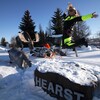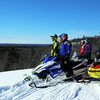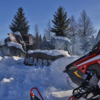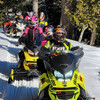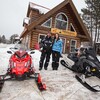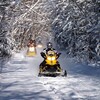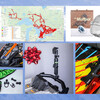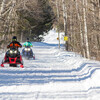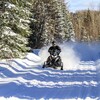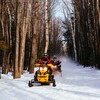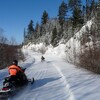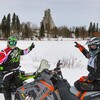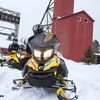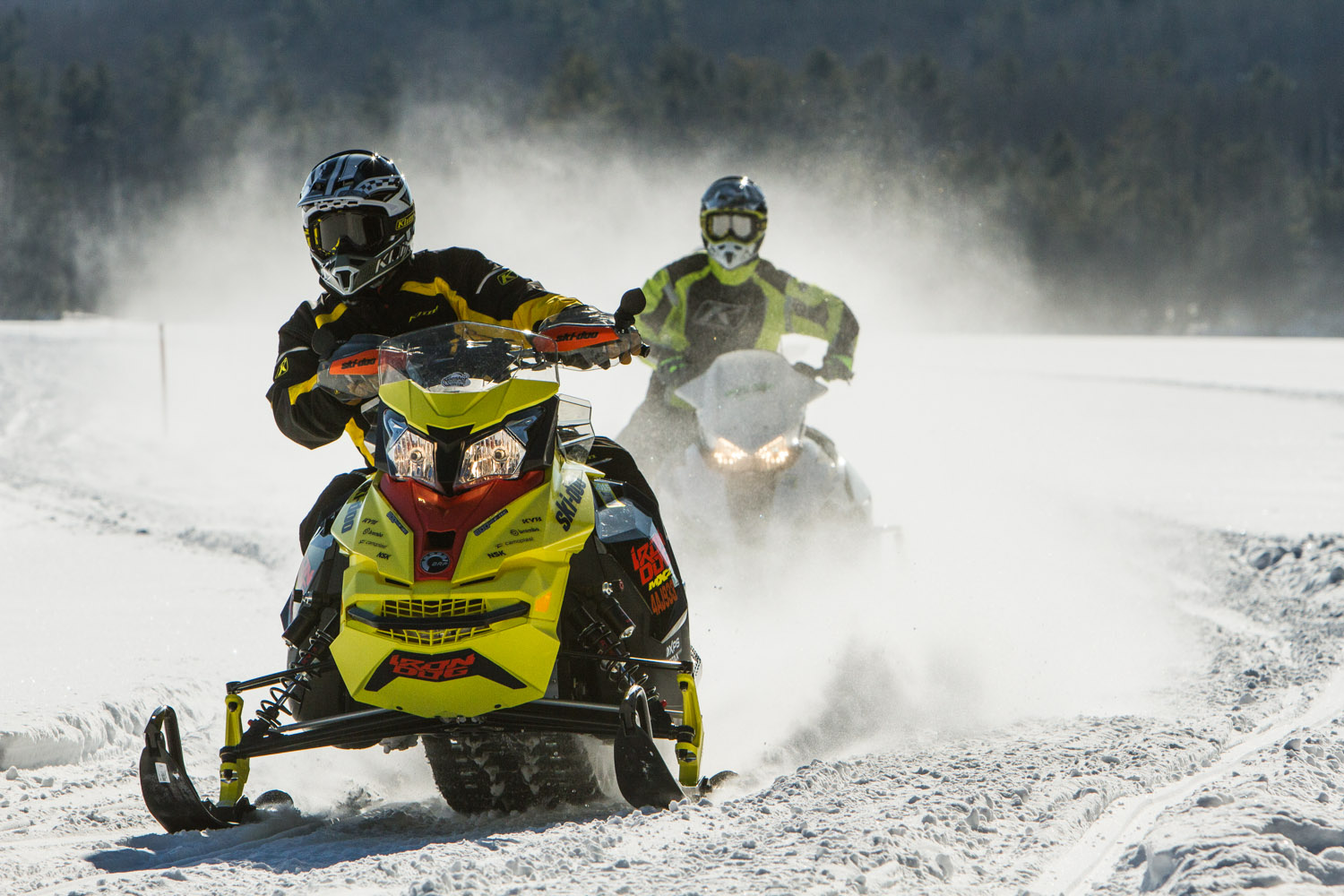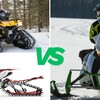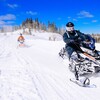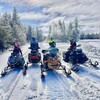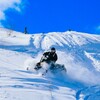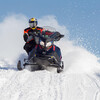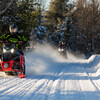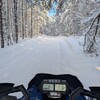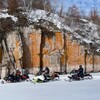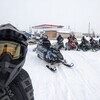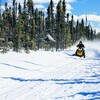
Snowmobiling Winter Weather Forecast 2025-2026
Welcome to the 13th Annual Snowmobilers Winter Weather Forecast
Last winter reminded us exactly what an Ontario winter can be—endless powder days, perfectly groomed trails, and that unmistakable feeling of freedom that comes when you squeeze the throttle across a frozen lake. From Cochrane to London, from the hardwood hills of Muskoka to the fields of Kemptville, riders rediscovered their rhythm. The sound of sleds filled the forests, trail-side diners buzzed with stories, and smiles stretched just as far as the kilometres logged. It was the kind of season that reminded us why we love this sport—the early-morning starts, the laughter with friends at fuel stops, the sunsets that painted the sky as another perfect day came to a close.
Now, as the 2025–2026 season approaches, the excitement is building once again. The long-range signals are shifting, the cold is lining up, and almost every forecast hints that Ontario might just be in for another classic winter. So, tune your sled, stick on that permit, and get ready—because if last year set the bar, this winter is aiming to raise it even higher.

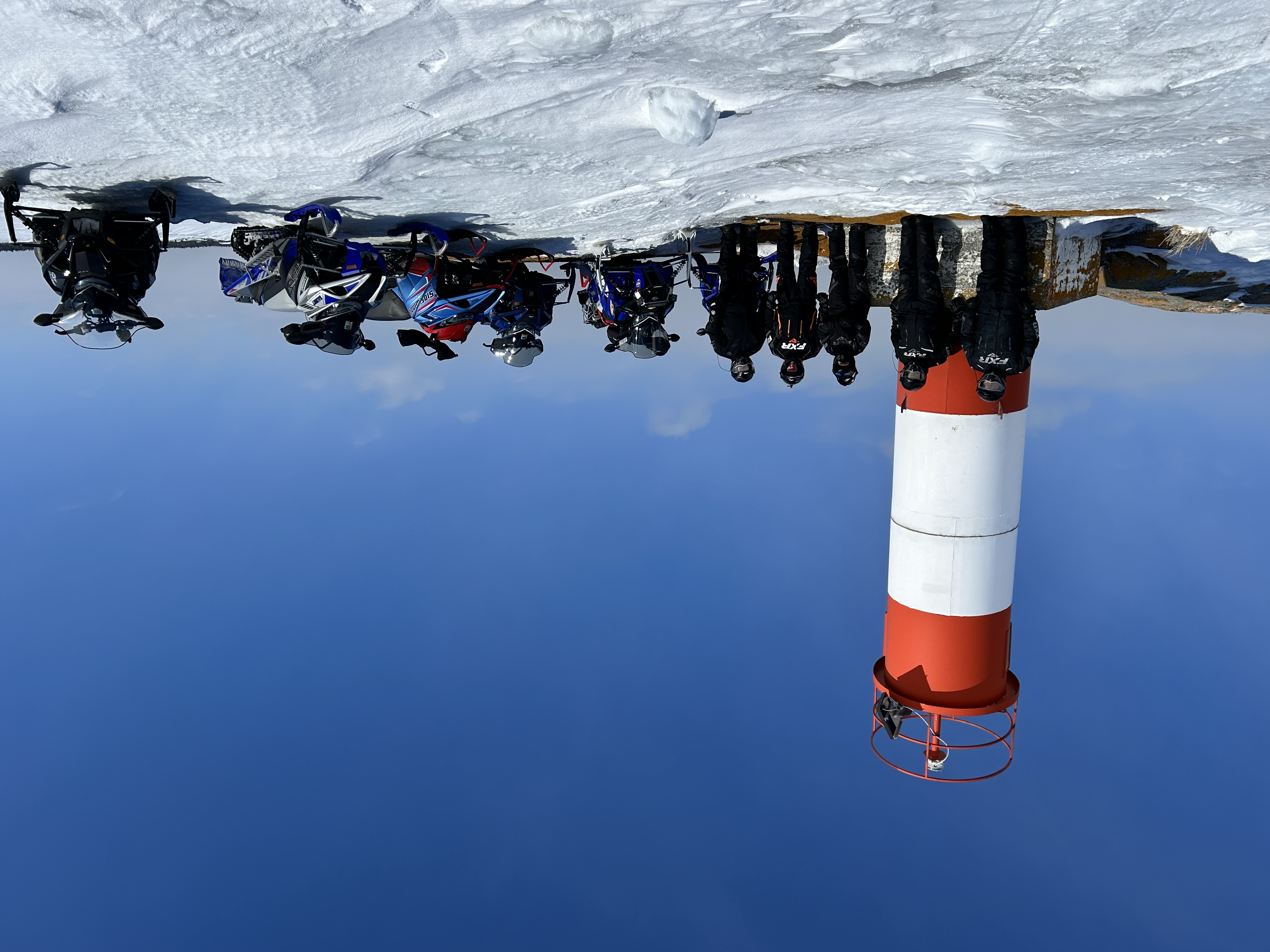
1. La Niña Returns to Ontario: How ENSO Patterns Could Shape a Colder, Snowier Winter for Riders
NOAA and the International Research Institute show the equatorial Pacific cooling from ENSO-neutral toward La Niña this fall, with probabilities strongly favouring La Niña for the December to February 2026 window and a substantial chance of an ENSO-neutral state into March. Historically, La Niña winters tend to favour colder, snowier conditions across parts of central/northern North America, promoting storm tracks that can deliver significant lake-effect and consistent snow to Ontario. That signal is one of the primary reasons I expect an early and active winter this year.
2. Long-Range Ontario Winter Models Show Strong Snow Potential and Repeated Arctic Intrusions
Long-range ensembles and several independent forecasters are highlighting a pattern change this fall and an increased risk of arctic intrusions and significant storm systems later in the season. While individual long-range videos differ in timing and emphasis, the consensus is a trend toward colder than recent winters and several notable precipitation events—again, a good sign for snowmobilers hoping for solid trail coverage.
One of my favourite weather bloggers is Ryan Hall, and in his video, titled “2025-2026 Winter: Record Snowfall & Arctic Outbreaks?” Ryan Hall argues that the 2010–2011 winter shows an ~85% pattern match to what he expects for 2025–2026. Ryan details in his video that he expects stronger polar vortex disruptions and repeated Arctic air intrusions, which will open the “freezer door” and push cold deep into continental interiors. Hall foresees temperature drops of 15-25 °C during some events, or at least very pronounced cold snaps during midwinter periods.
3. Farmers’ Almanac Predicts a “Chill, Snow, Repeat” Season Across Southern and Northern Ontario
They label the coming winter as “Chill, Snow, Repeat.” The Farmers' Almanac expects cold to hold its ground. For southern Ontario in particular, they anticipate variability: occasional thaws, but frequent sharp cold snaps, especially in January and February. They forecast “snowy and stormy” conditions across southern and eastern Ontario—meaning frequent snowstorms, lake‐effect snow, and more snow events than in milder or wetter/warmer winters. January 2026: described as “stormy and frigid”—several large systems, Arctic blasts, with strong snow events. February 2026: “widespread snowstorms and deep freezes.” March (through March 20) is expected to be transitional: lingering cold in northern/eastern zones, milder air encroaching from the west, and the possibility of late‐season snowstorms. The Almanac frames this as a return to a “classic Canadian winter”—deeper cold, robust snow, and dramatic storms, contrasting with milder or mixed winters in recent memory.
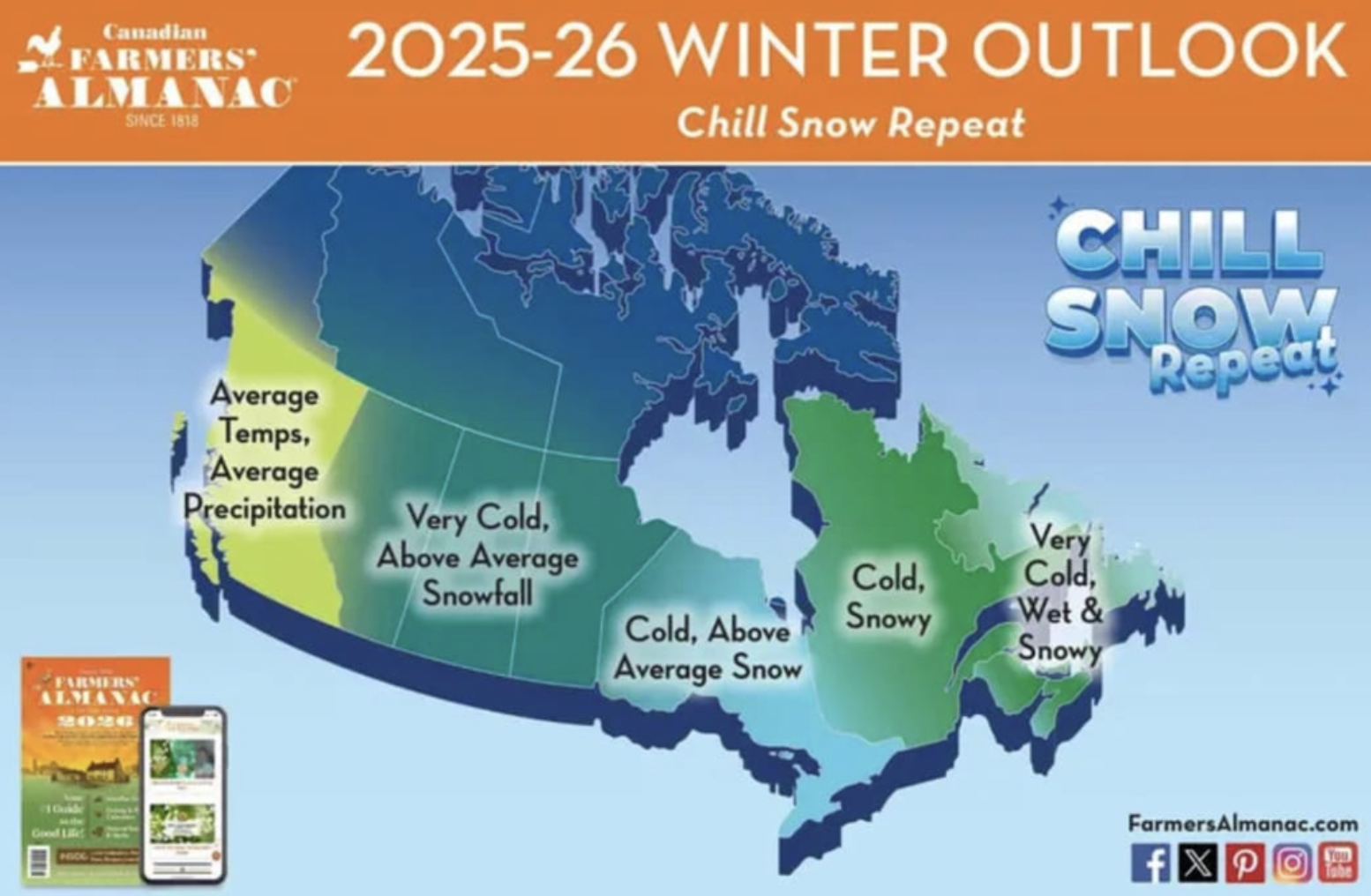
4. Backroads Bill’s Northern Ontario Outlook: Nature’s Signs Point to an Early Start and Mild Finish
The legendary Backroads Bill Steer is a staple in my yearly forecast due to his connection with Mother Nature and widespread northern travel. For Bill and his friends, 2025 has been one of the toughest—and he’s no stranger to the fury of the wilderness. This past June, the beloved Samuel de Champlain Provincial Park (and within the park the Canadian Ecology Centre) was hit with a massive downburst, essentially destroying the majority of the pristine old-growth forest, trapping campers and creating an unprecedented emergency situation. Simply put, the devastation was unimaginable in its extent and strength.
You can’t deny we’re increasingly seeing extreme weather impact our trails and woods. The investigation by the Northern Tornadoes Project upgraded the event to an EF2 rating, estimating maximum wind speeds around 190 km/h. The wash-outs and kilometres of downed trees meant that snowmobile trails, already vulnerable, suffered massive destruction and will need significant repair.
And of course, I’m reminded of the severe ice storm that hit central Ontario. That freezing rain event coated trees, branches and power lines with heavy ice—more than 20–25 mm in some areas—and knocked out power to over 300,000 customers across the region. Municipalities such as Orillia and regions in the Muskoka/Kawarthas corridor declared states of emergency as hydro crews battled treacherous conditions.
Bill said, “This type of storm will be a predictive occurrence by intensity as we live with climate change and the ups and downs it creates”.
To donate to the CEC, visit their website here.
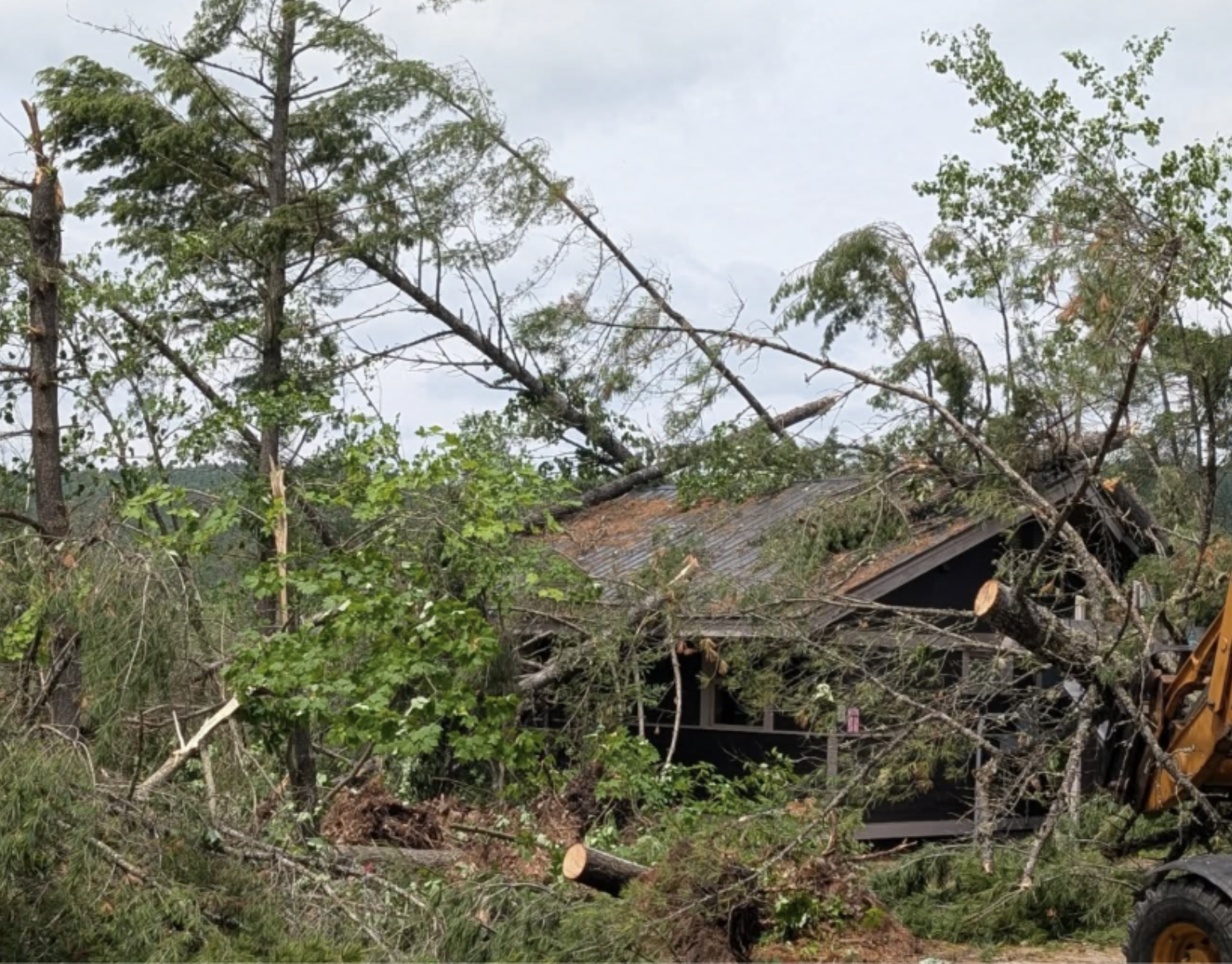
All in all, Bill summarizes his detailed column by predicting that Ontario will experience lengthy, fall-type weather with an early blast of winter. However, winter itself will be shorter with only a couple of cold weather periods, and by the Equinox in March, spring will be here. In last year's prediction, he was off with the length and the amount of snow, and I reminded Bill about his observations on climate change and the volatility it causes.
For the 2025-2026 winter, the Backroads Bill Steer reports, “The fall will continue to be balmy”.
Bill went on to say, “First off, it will be an early start to the winter. For snowmobilers, that's what they want. The number of geese, high in the sky, making their way to more southern open water areas was early and intense. They were not taking their time this year. Mice, it has been an epidemic of sorts; they seemed to be getting ready sooner. And yes, the songbirds were long gone.”
Also, it was noted from the woolly bear caterpillars (the larval form of the Isabella Tiger Moth) that their rusty coloured bands were wider, making for a mild winter, not so cold this time around. Beaver lodge feed beds are smaller in size this year, making for a shorter winter. So, an early start, not much snow, sorry...mild and short in duration.
5. A Snowmobiler's Messenger: The Woolly Bear Index
Bill mentioned the woolly bear, and I’ve also had my eyes peeled. Thanks also for your contributions this year from across the province. By my collection of “woollies", it appears as if winter will start harsh and end mild, which does support several of the other predictions above.
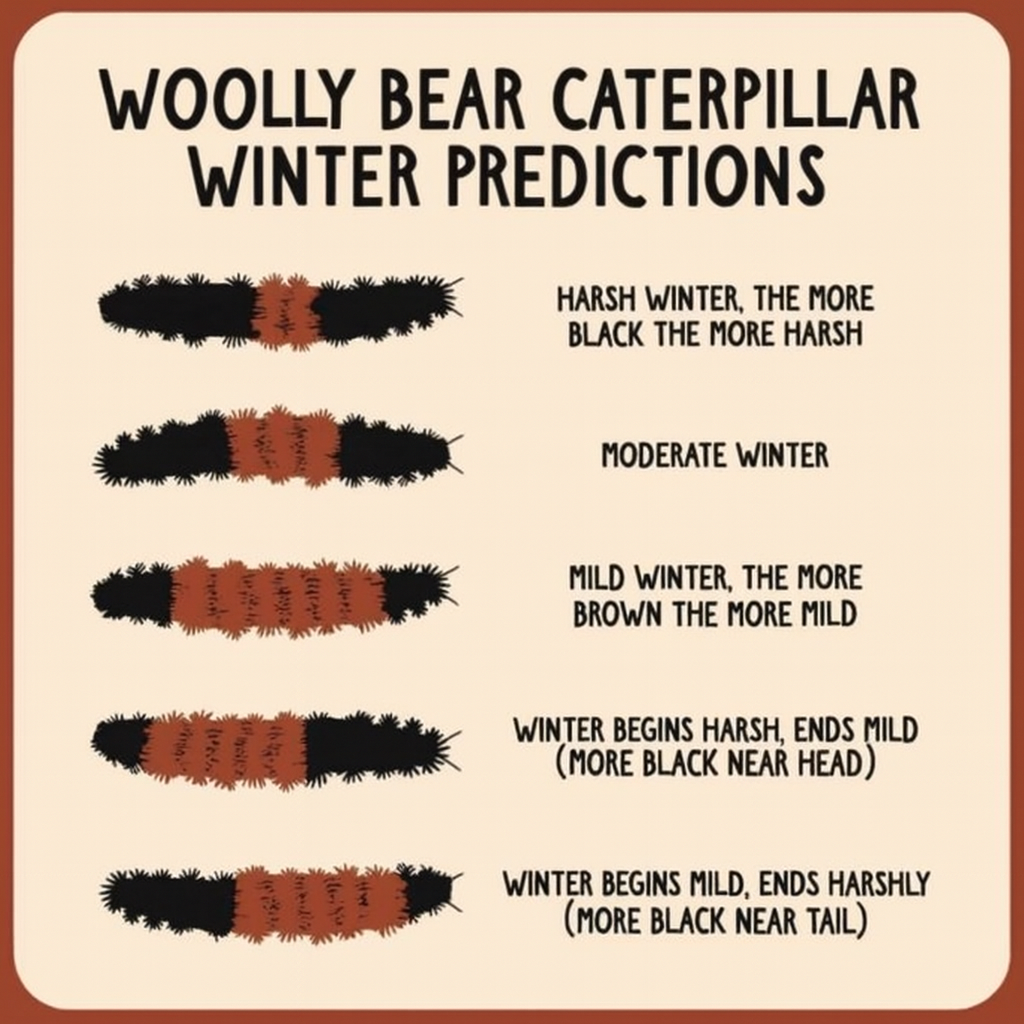
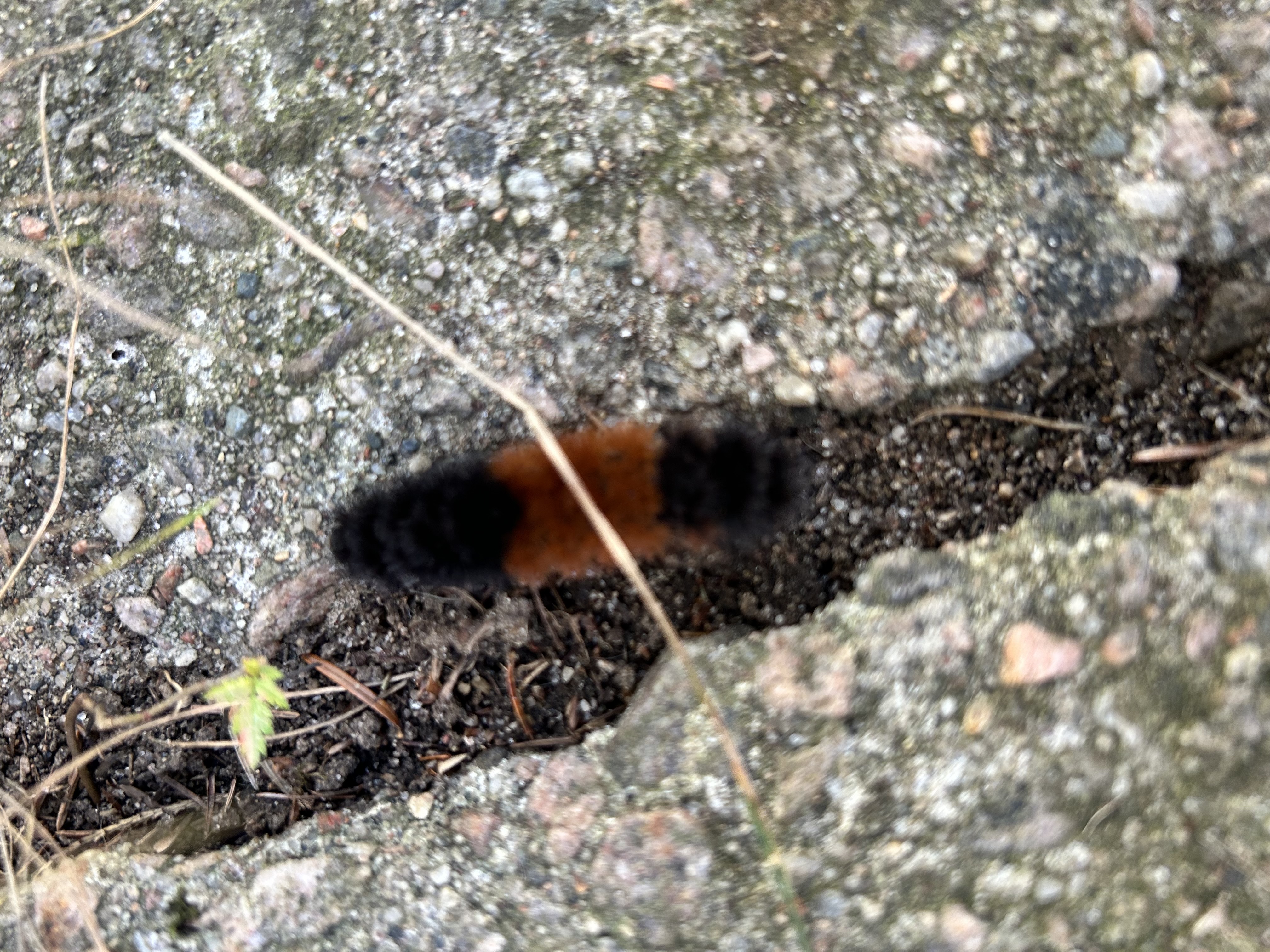
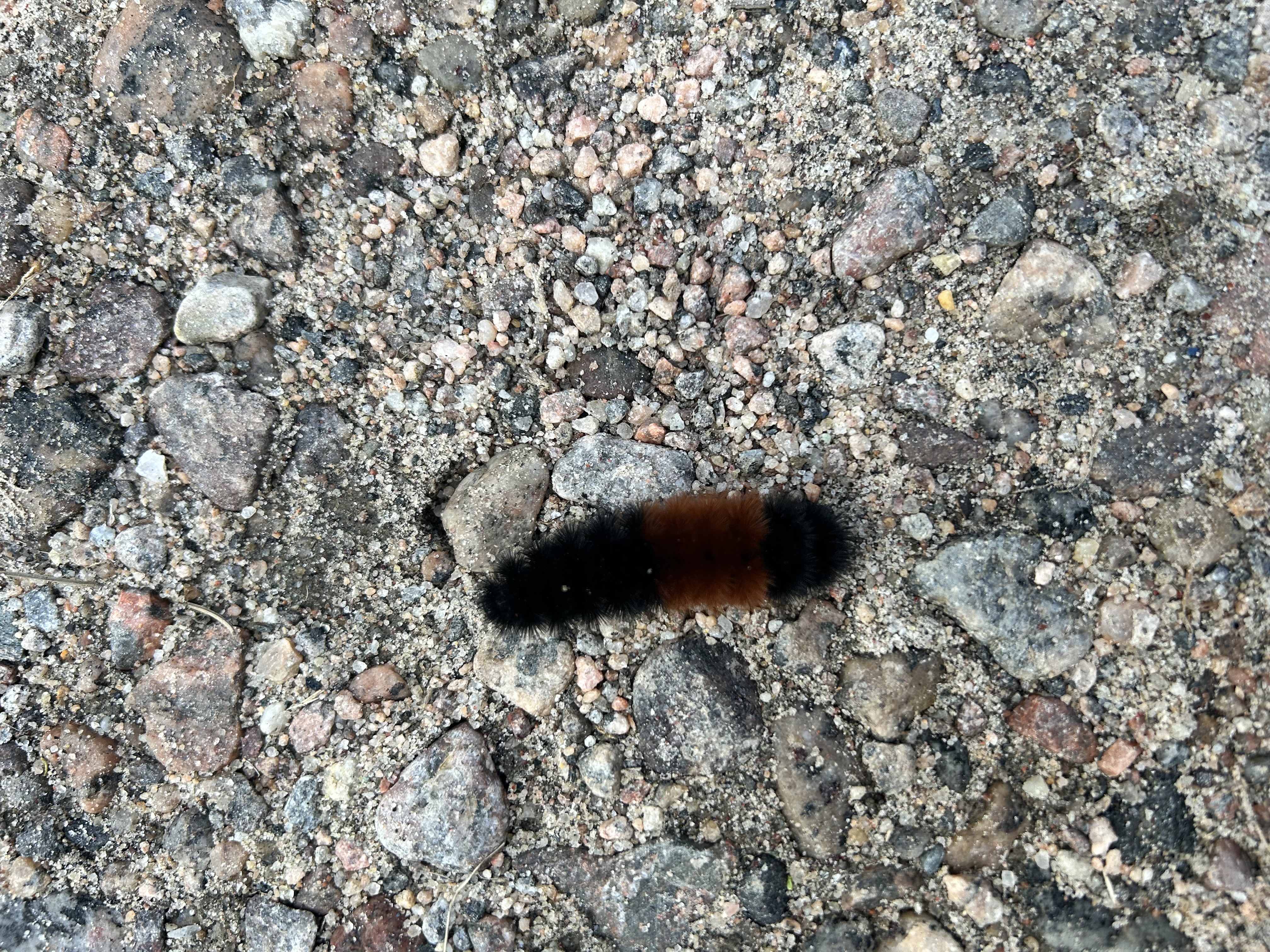
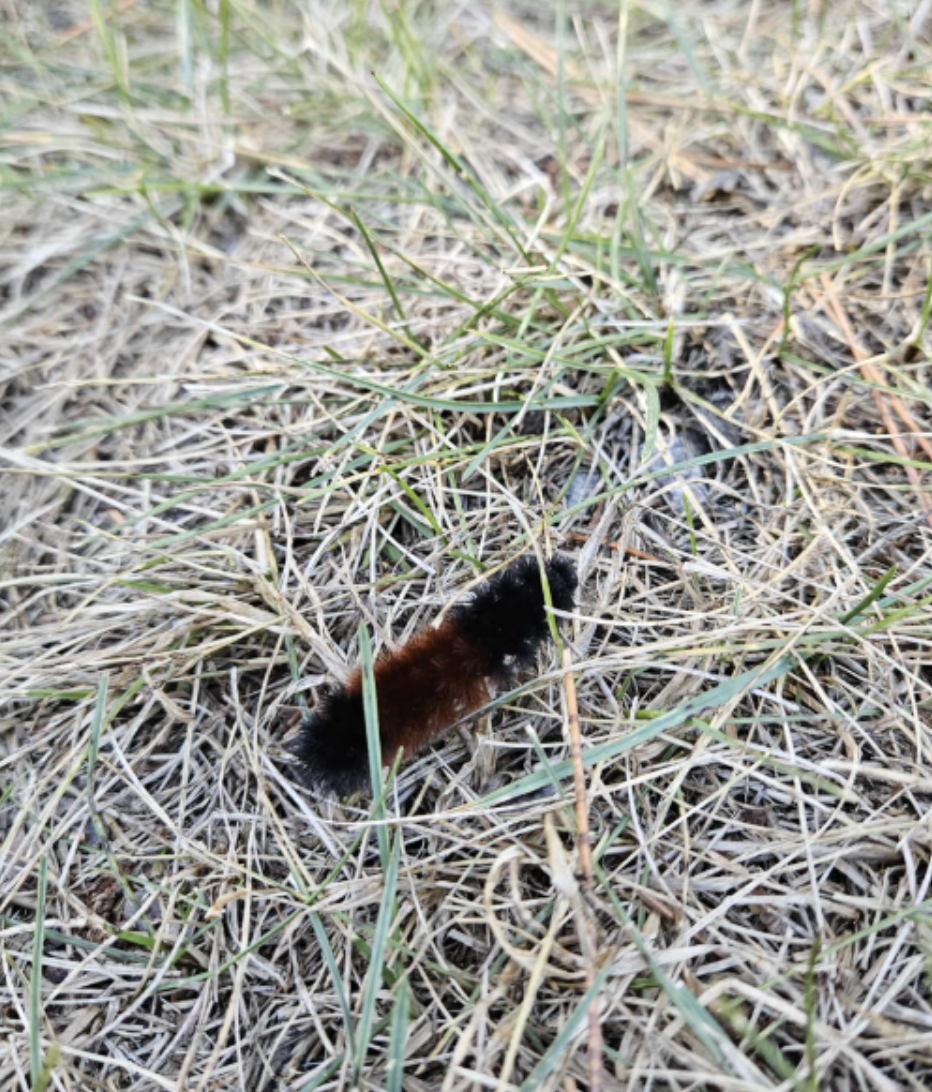
OFSC Trail Network Updates and Permit Info: What Ontario Snowmobilers Need To Know for 2025–2026
The OFSC has already posted seasonal permit information and an “Attention Snowmobilers – It’s (Almost) Go Time!” update summarizing investments in the trail network heading into the season.
Network Cap / Deliberate Pruning of Underused OFSC Trails
In the OFSC’s “Attention Snowmobilers – It’s (Almost) Go Time!” pre-season announcement (Sept 29, 2025), they state that for 2025/2026, the total trail network will be capped at 25,500 km. They explicitly say this means removing underutilized, duplicate, and seldom-available trails to allow the focusing of resources (grooming, maintenance) on connectivity, quality, and ridership. As a seasoned rider and club volunteer for 20+ years, I know that the network historically has fluctuated in size, depending on landowner permissions, winter conditions, and resource capacity. The 25,500 km cap is a means to manage the plateau between cost and coverage. The OFSC also mentions that the trail network is “locally curated and evaluated” (i.e. the pruning decisions are being done at the district/club level, under provincial guidance) to ensure connectivity and avoid cutting key interlink corridors if possible. The OFSC and its member clubs are working to shift from “quantity” to “quality”. The OFSC acknowledges rising costs—they state that over five seasons, expenses have increased by ~52% (from $17.8M in 2021 to $27.1M in 2025). They note that permit revenues have declined ~6% over those same years, and there’s been no price increase to the permit since 2023 (which at that time was just $5.00). All of the above makes it much more difficult to maintain one of the largest interconnected trail networks—more reason to buy your permit.
Trail Status & Permits
- The OFSC continues to use its Interactive Trail Guide (ITG) system to show real-time trail availability (Available / Limited / Unavailable).
- Permits are available now and are available only online

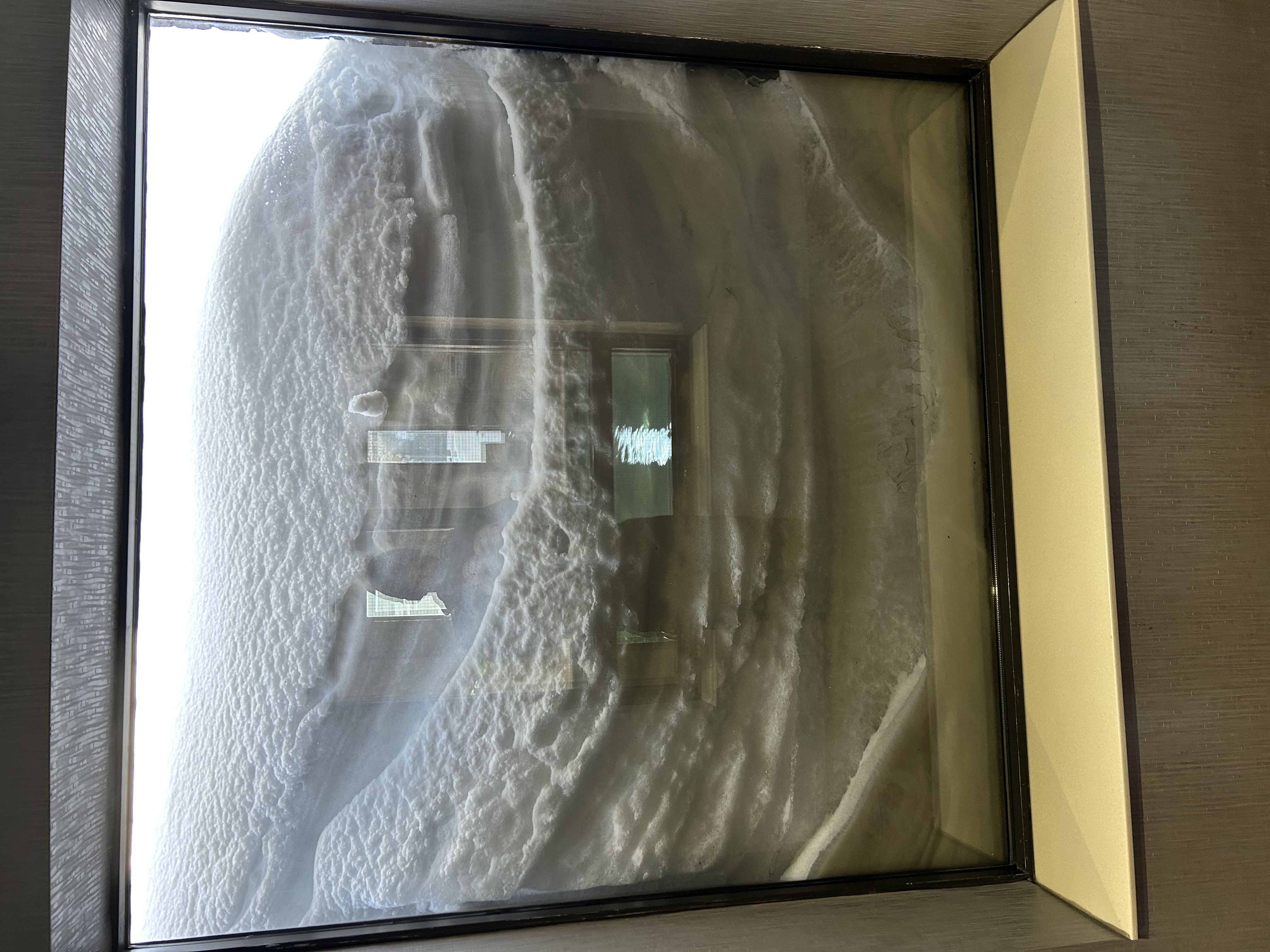
Regional Snowmobile Forecasts for Ontario—Northwestern, Northeastern, and Southern Trail Conditions
Northwestern Ontario (Kenora, Dryden, Thunder Bay area):
Expect a strong early-season start and frequent snow events once the lakes begin to cool; La Niña favours cold intrusions that can support good base building. Be ready for both long continuous snow stretches and localized heavy lake-effect bands.
Northeastern Ontario (Sudbury, North Bay, Mattawa region):
Good prospects for an above-average season in terms of cold and snow overall. Early cold shots are likely—groomers should be able to build and hold base earlier than in mild seasons. Watch for mixed precipitation near mid-season transitions; elevation and inland locations will do best with big snow like last season.
Southeastern Ontario / Rideau corridor:
More variability here. Expect colder periods and some sizable systems, but also a greater chance of transition events (rain to snow) during thaw-freeze cycles. Plan for mixed conditions early and late, with main trail corridors likely to get good coverage during core winter months.
Southwestern Ontario / Bruce Peninsula:
Warmer air intrusions can push in more often here, so expect a shorter season on exposed trails and more freeze-thaw. Inland and northward corridors will fare better. Trip planning with smart weekday or weekend timing will be key.
Ontario Ride Planning Tips: When To Book and How To Find the Best Snow in 2025–2026
- Expect an earlier start on many northern corridors, rail lines and firm land-based trails. We’ll likely see widespread, prior-to-year-end riding opportunities—although these may be fragmented based on terrain. It will, however, allow us riders to scratch the itch before opening gifts.
- Fuel & Lodging: With a more active season, high-traffic weekends will fill faster, especially in the best snow areas; book important dates early and plan that trip you’ve always discussed with your fellow riders.
- Watch the Freeze/Thaw Windows: Southern corridors are more susceptible to a thin base or icy trails during transitional months. Keep an eye on storm tracks and the inevitable rain/snow line by using apps like Windy.
- Local Forecasts: long-range signals set the stage, but localized systems decide whether trails get hammered or bypassed. Use the combination of weather radar, the Interactive Trail Guide and independent club social media pages for on-the-ground live updates.
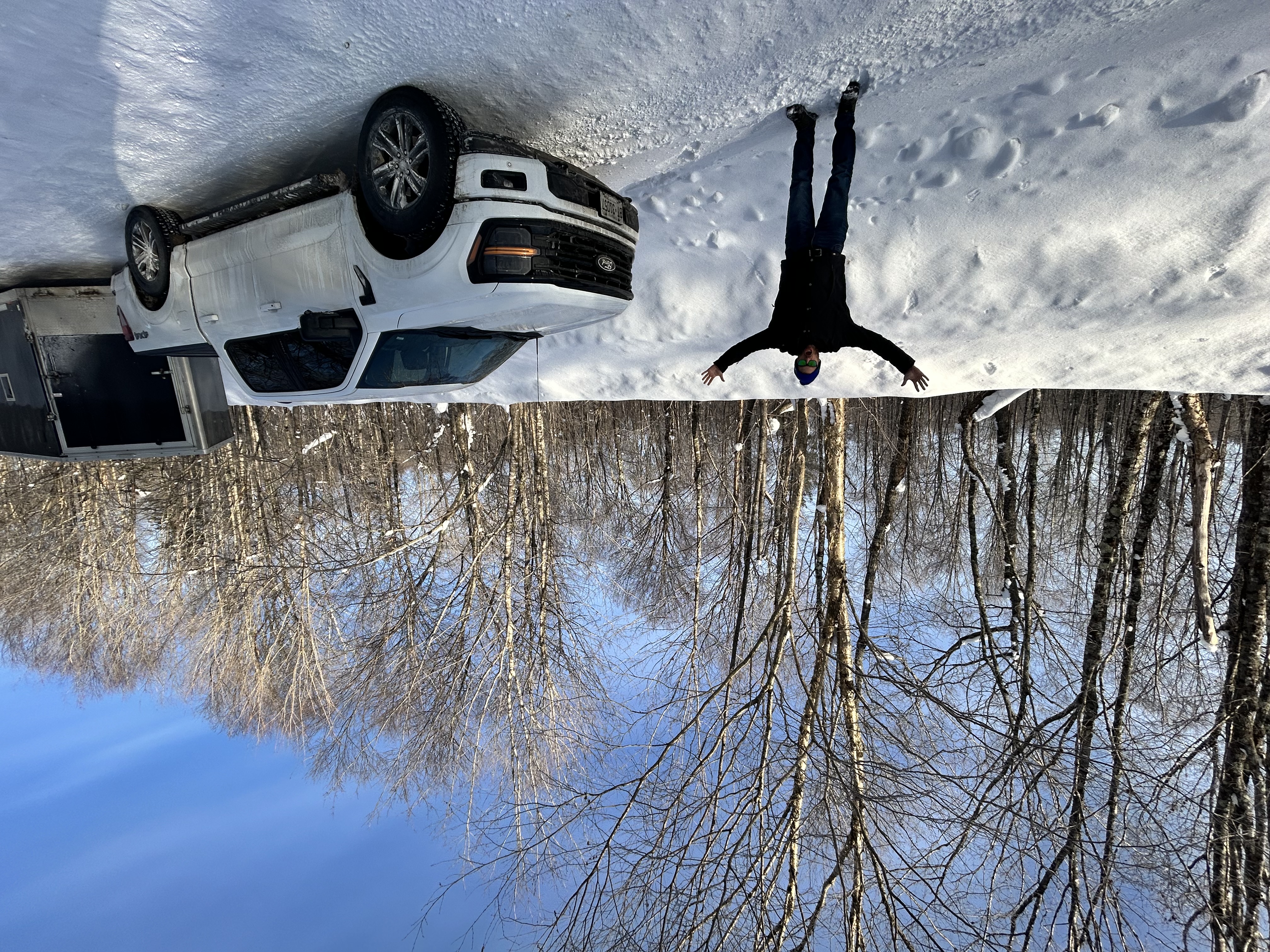
Final Ontario Snowmobiling Outlook: Early Starts, Frequent Storms, and Another Great Season to Ride
Taken together, the ocean-based ENSO signals, multiple long-range model groupings, independent forecasters, Almanac guidance, Backroads Bill and the Woolly Bear all point toward an early, active, and overall favourable winter for snowmobiling across much of Ontario—of course, with the usual regional quirks. We can expect winter will settle into a pattern that favours frequent cold snaps and multiple snow events in many parts of the province, especially those prone to lake-effect bands. In short, plan for an overall good season for trail conditions, with the usual regional variability.
With all this in mind, I’m always excited for that first ride. My boy upgraded last winter from his SRX120 to a Yamaha SnoScoot and didn’t look back. Growing up snowmobiling, this puts the biggest smile on my face and in my heart to see him enjoying the sport I enjoy so much! As I like to say, LET’S GO!
When the snow is here and the trails are available, make the time to get out and ride, and rest assured if there’s one thing that’s guaranteed in Northern Ontario, it's winter and great snowmobiling.
See you on the trails.
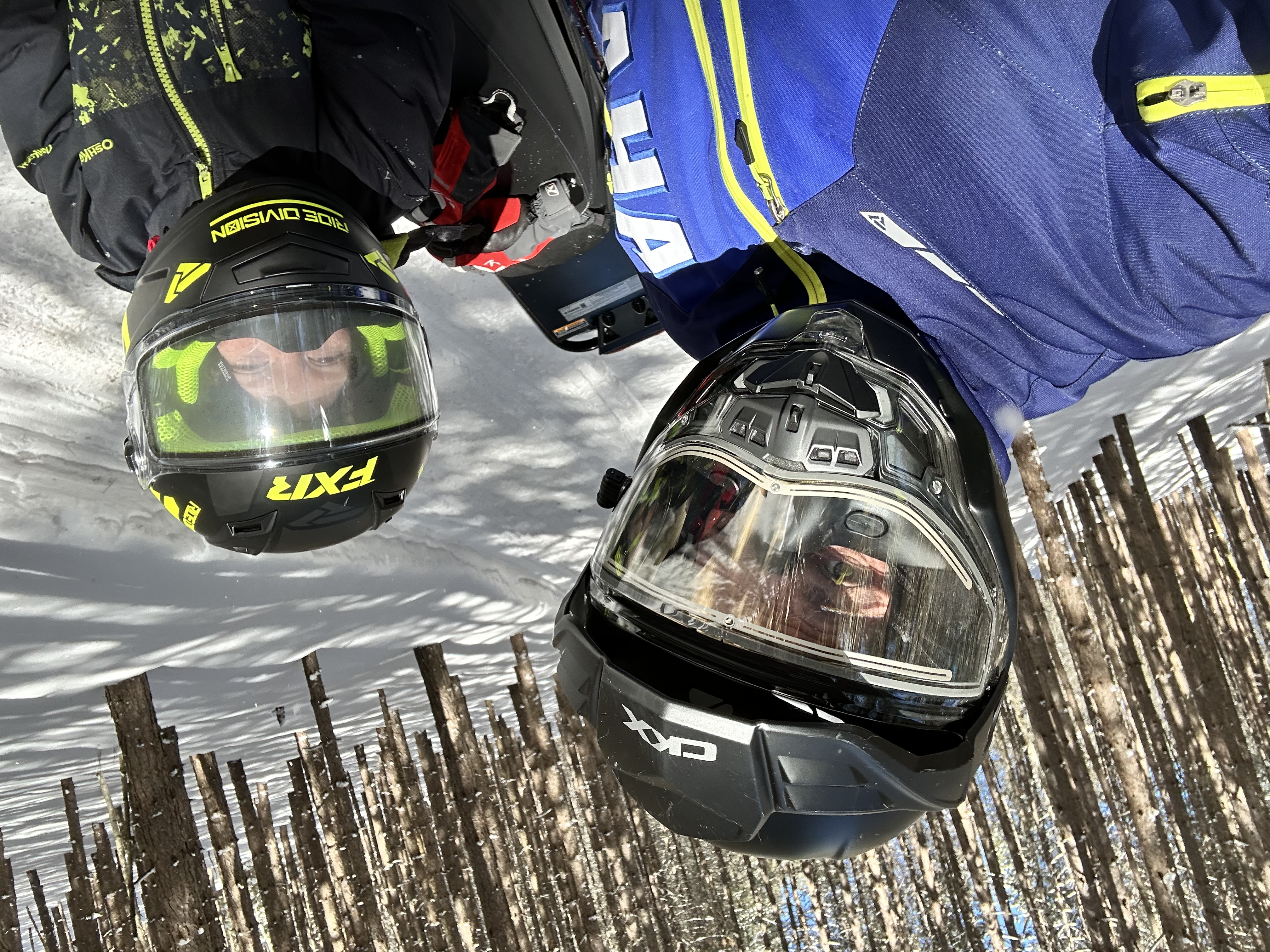
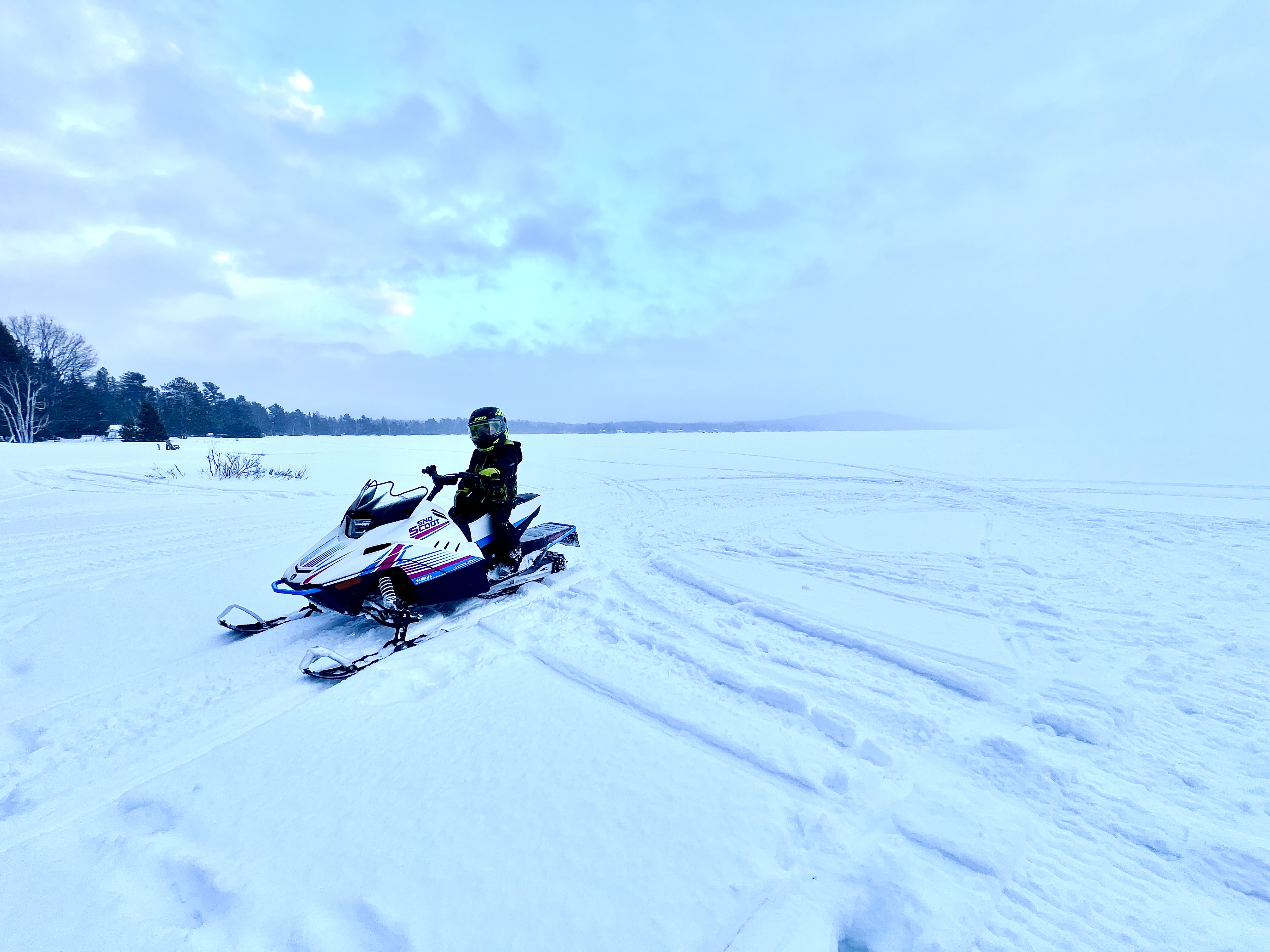
Recommended Articles

The Complete List of Snowmobile Events in Ontario 2025-2026

The Best Snowmobile-Friendly Lodges

I Rode the Explorers Snow Tour in Ontario and Here’s What It Was Like

Why Ontario is One of the Best Snowmobile Destinations in the World
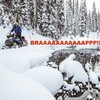
11 TikToks That Prove Ontario is the Best Place To Go Snowmobiling

5 Weekend Snowmobile Getaways Near the GTA
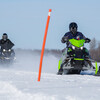
31 Ways To Get In The Know About Snowmobile Trail Riding in Ontario

A Beginner's Guide to Snowmobile Lingo

